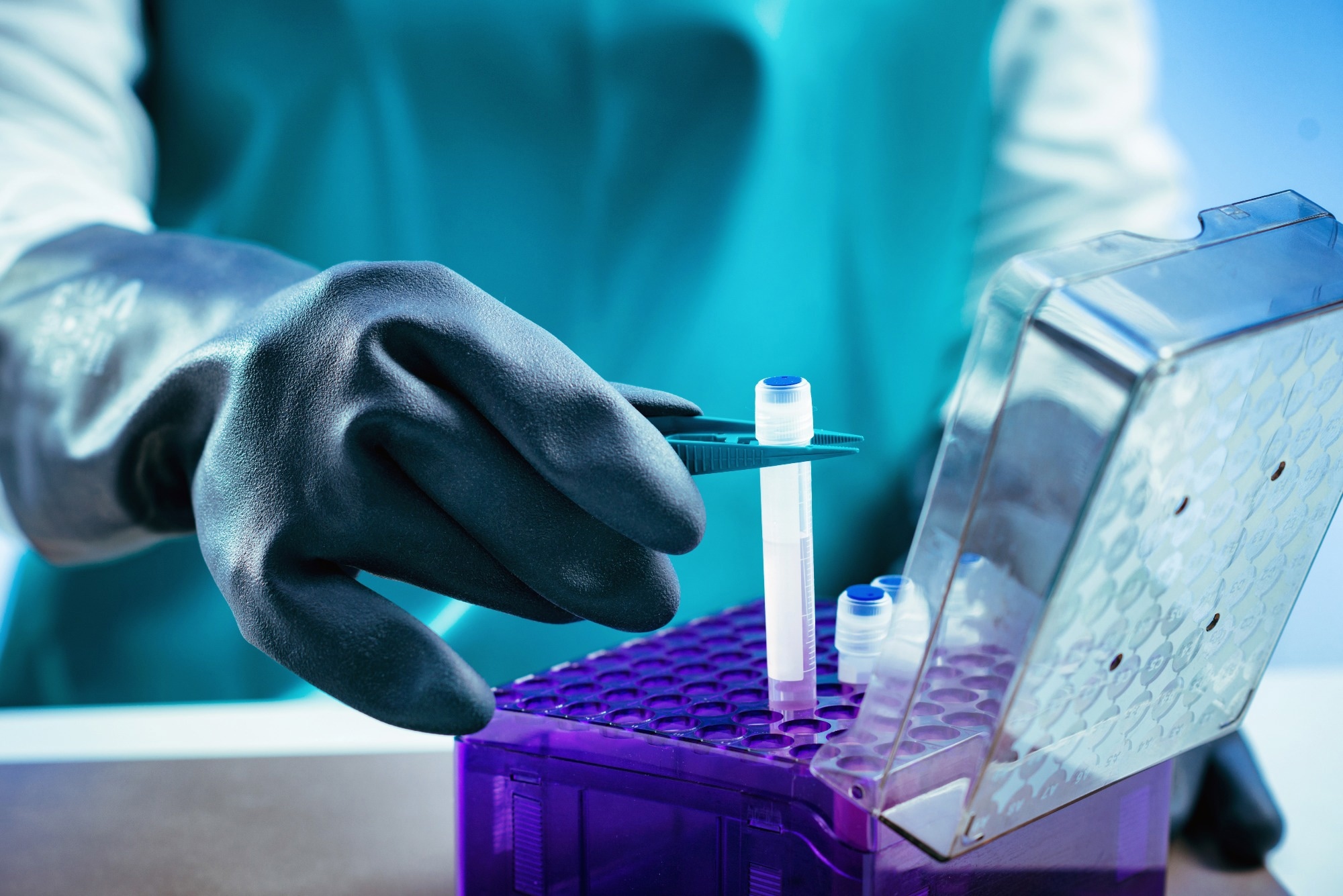Introduction
History and Evolution of Biobanking
Biobanks and Cancer Research
References and Further Reading
A biobank facilitates the collection, storage, and study of human biological specimens or 'biomaterials.' Today biobanks are revolutionizing medicine as we know it. Here will consider the major role these modern facilities play in cancer research.
Mayo Clinic Biobank
History and Evolution of Biobanking
In medicine, the traditional focus has been on treating disease symptoms and facilitating a cure. Nowadays, we are witnessing a shift in favor of preventative medicine. The rise of biobanks has a huge role in facilitating this sea change. It is now possible to collect, store and preserve tissue cells, DNA, proteins, and other subcellular materials long-term. But where did it all begin?
The advent of the term "biobank" has its roots in cancer research. In 1996 Loft and Paulsen were researching the role of oxidative DNA damage as an independent risk factor in cancer and first used the term "biobank" to refer to human biological materials when publishing their findings.
Long before then, cell line biobanking can be traced back to the 1950s and the Johns Hopkins Hospital in Maryland. Here, cancer cells were obtained without consent from Henrietta Lacks. These were collected after a surgical procedure and subsequently cultured in the laboratory using methods that immortalized the cells. This gave rise to the HeLa cell line (named after the patient), an in vitro cancer model system now used worldwide.
Since then, there have been significant improvements in the way human samples are collected and stored, including some much-needed attention to ethical and legal matters.
The rise of the '–omics' sciences (genomics, proteomics, transcriptomics, and metabolomics) has given rise to unprecedented growth in the inauguration of biobanking infrastructure and practice.
The advent of the world wide web enabled key innovations in biobanking, such as cataloging information about biomaterials. The ability to annotate and geotag human biological samples has negated the need for physical sampling. This is coincidental with the rise in capacity for large-scale information storage via electronic databases and the proliferation of 'big data' biology. Today networking involves sharing digital biological data between multi-center medically oriented professionals.

Image Credit: Microgen/Shutterstock.com
Biobanks and Cancer Research
Biobanks are pivotal in cancer research and present us with unprecedented opportunities to investigate the mechanisms of cancer causation in addition to progression, resistance, and response to treatment. They have a key role to play in applying laboratory-based research to clinical practice and in the development of personalized or precision medicine, defined by the United States National Institutes of Health (NIH) as "an approach to disease treatment and prevention that seeks to maximize effectiveness by taking into account individual variability in genes, environment, and lifestyle."
As biobank collections have evolved, so has the opportunity for large-scale networking at national and international levels. Multicentre researchers (academics, scientists, medics, and healthcare professionals) now have hitherto unknown large-scale access to biological samples. This has enabled the novel investigation of rare types of cancer where individual cases sit below 5 in every 10,000 of the population.
The UK Biobank has played an important role in contemporary cancer research by enabling researchers to look for the determinants of disease. The UK Biobank comprises a largescale biomedical database and research facility. It is a registered charity originally established by the Medical Research Council (MRC), Wellcome, the UK Department of Health (DoH), and the Scottish government.
In the largest study of its kind, the UK Biobank initiated the collection and sampling of biomaterials from over 500,000 adults between 2006 and 2010. The specimens were placed into long-term storage, and the participants followed up over the longer term. In addition to biological samples, the study collected important data on vital statistics, lifestyle factors, and results from different medical imaging that might provide insight into potential risk factors for disease.
In the interim decade between original data collection and ongoing assessment and follow-up, 52,000 incident cancer cases have been recorded. Today more than 26,000 researchers across the globe have access to this rich data. The biological samples collected during the study have since been used in biomedical research that has involved the conversion of samples to genomics and other '–omics' data.
The study has already realized its value as an important global resource for better understanding the determinants of cancer. The project is unique in realizing a combination of factors that have enabled its success: the scale and depth of the study, maturity, and accessibility. The study continues to receive funding from the MRC, Wellcome, Cancer Research UK, British Heart Foundation, NIH, and Care Research.
Another important area of innovation in cancer research lies with medical imaging and the capacity of high throughput computing and data extraction from bioimages obtained with advanced medical imaging modalities of CT, MRI, and PET. These advances have given rise to the materialization of imaging biobanks and have, in turn, sprung the new field of radiomics.
We have come a long way from collecting illicit biological samples from unsuspecting patients to today's biobanks, which present us with an extraordinary opportunity to better understand and tackle cancer.
References
- Conroy M. C. et al. (2023) UK Biobank: a globally important resource for cancer research. Doi: 10.1038/s41416-022-02053-5
- Coppola L. et al. (2019) Biobanking in health care: evolution and future directions. Journal of Translational Medicine. Doi: 10.1186/s12967-019-1922-3
- NIH (2017) Common Minimum Technical Standards and Protocols for Biobanks Dedicated to Cancer Research: Role of biobanks in cancer research. International Agency for Research on Cancer. Online: https://www.ncbi.nlm.nih.gov/books/NBK567260/
Further Reading